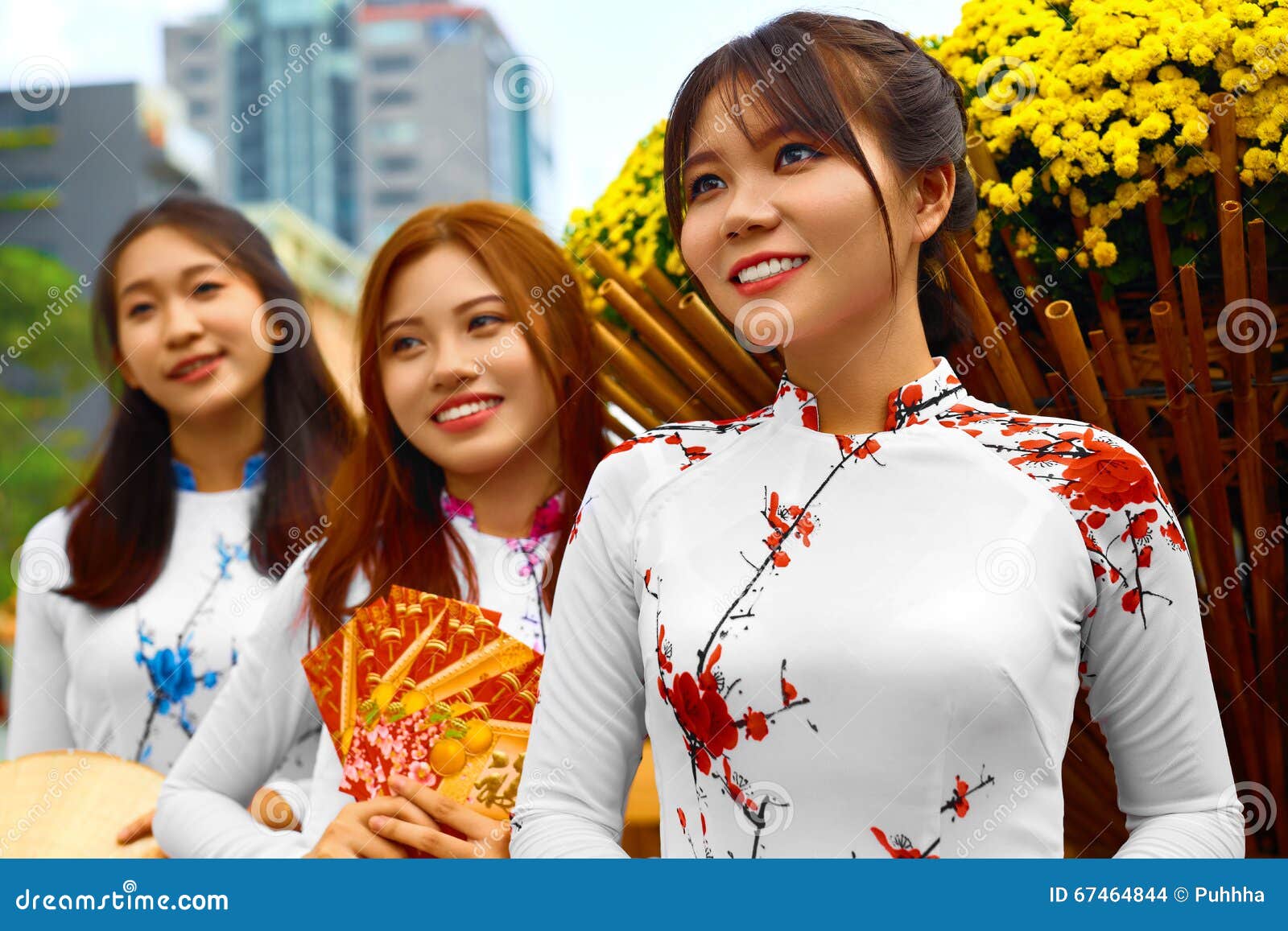Is there a hierarchy among Asians, and if so, how is it perceived and constructed? The very notion of ranking ethnicities is fraught with complexities and potential for misunderstanding, especially when considering the vast diversity encompassed within the term "Asian."
The question of hierarchy among Asian ethnic groups is a sensitive one, often sparking debate and reflecting varying perspectives. While some may perceive subtle social standings based on factors like economic status, cultural influence, or historical context, it's crucial to recognize that these are generalizations and do not represent the entirety of experiences within the Asian community. Any attempt to definitively rank ethnic groups is inherently problematic, as it can lead to harmful stereotypes and disregard the individual contributions and unique cultural identities of each group.
The term "Asian" encompasses a breathtaking array of cultures, languages, and traditions. East Asia, for example, is home to countries like China, Japan, and Korea, each with its own distinct history and societal norms. Southeast Asia includes nations such as Vietnam, Thailand, and the Philippines, boasting a vibrant tapestry of influences. South Asia encompasses India, Pakistan, and Bangladesh, regions with ancient civilizations and complex social structures. To try to distill this immense diversity into a single ranking system is not only inaccurate but also disrespectful to the richness and individuality of each group.
The perception of hierarchy, where it exists, often stems from external factors, such as economic disparities, educational opportunities, and historical interactions. Colonialism, globalization, and migration have all played a role in shaping these dynamics, creating layers of complexity that make any simple ranking impossible. These influences can lead to a skewed understanding of cultural value, where certain groups may be viewed as more "successful" based on Western standards, while others are marginalized or misrepresented.
It's also vital to distinguish between the concept of hierarchy and the existence of cultural differences. Each Asian ethnic group possesses its own set of values, customs, and beliefs that are deeply ingrained in its identity. These differences are to be celebrated, not used to create a hierarchy. For example, the emphasis on filial piety in some East Asian cultures is a testament to the value of family and respect for elders, while the emphasis on community in some Southeast Asian cultures highlights the importance of social harmony and cooperation. These aspects of culture are not a measure of relative superiority or inferiority; they are unique expressions of the human experience.
The United States, with its large and diverse Asian American population, offers a unique perspective on these issues. Asian Americans represent a multitude of ethnic backgrounds, bringing their own distinct cultural heritage and experiences to the nation. The Pew Research Center has documented the growth of the Asian American population and analyzed the diverse backgrounds and experiences within this group, revealing the complexity of navigating identity and belonging in a multicultural society.
- Thalia Besson Relationship Status More What We Know
- Pedro Fernndez Bio Music Upcoming 2025 Tour Get The Latest
Furthermore, in the U.S., the government has provided definitions and data collection methods to categorize Asian Americans. In 1997, the Office of Management and Budget (OMB) outlined the current standards for federal data on race and ethnicity, separating the "Asian or Pacific Islander" category into "Asian" and "Native Hawaiian or Other Pacific Islander." This categorization, while useful for demographic analysis, can still obscure the nuances within the Asian American community, as it does not always capture the full spectrum of individual and cultural differences.
Ultimately, any discussion about a hierarchy among Asian ethnic groups needs to be approached with caution and sensitivity. The focus should be on understanding the diversity within the Asian community, celebrating cultural differences, and challenging harmful stereotypes. It is essential to foster empathy, promote inclusivity, and recognize the inherent value of each individual, regardless of their ethnic background.
| Category | Details |
|---|---|
| Definition of "Asian" | Encompasses people with ancestry from the continent of Asia, including immigrants and descendants. |
| Geographic Regions | East Asia (China, Japan, Korea), Southeast Asia (Vietnam, Thailand, Philippines), South Asia (India, Pakistan, Bangladesh), Central Asia. |
| U.S. Population | Over 22 million Asian Americans, approximately 7% of the U.S. population. |
| Government Data | The Office of Management and Budget (OMB) provides standards for federal data on race and ethnicity. |
| Undocumented Immigrants | Thousands of undocumented Asian immigrants were brought to the U.S. as children (Dreamers). |
| South Africa | "Asian" often refers to people of South Asian ancestry (Indians), descended from migrants in the late 19th and early 20th centuries. |
| Diversity within the group | Asian Americans are not a single, monolithic group. |
| Historical Context | Migration, colonialism, and globalization have shaped the current dynamics |
The terms "Asian," "Asians living in the United States," "U.S. Asian population," and "Asian Americans" are used interchangeably in reports to refer to the U.S. population of Asian descent.
There have been numerous discussions surrounding the reasons behind why Asian Americans, or Asians in general, and even international students or new immigrants often congregate in specific geographic locations like college towns. Often, these choices are influenced by factors like the availability of educational and career opportunities. Other variables such as the presence of established community networks, cultural familiarity, and lower cost of living contribute to these preferences. These factors are, however, not exhaustive, and it's necessary to consider the intricate web of individual and collective experiences that determine these decisions.
The historical context behind the perception of skin tones in Asia and other parts of the world cannot be overlooked. The idea that a tanned complexion was associated with the working class, who spent more time exposed to the sun, sheds light on a historical tendency. It is interesting to consider how such values compare to those in the current day, where these standards are challenged.
Asia's vastness, both geographically and culturally, makes it a fascinating subject of study, as evidenced by the wide range of climatic conditions and historical development.
The Pew Research Center survey, released recently, provided a comprehensive examination of the Asian American demographic, highlighting the group's status as the fastest-growing racial and ethnic group in the United States. The survey underscored the diversity within this group, encompassing a wide range of ethnicities, cultural backgrounds, and experiences. It also pointed out the rising influence of the Asian American community.
The concept of "Asian" itself is broad, including various groups such as East Asians (Chinese, Japanese, Korean), Southeast Asians, and South Asians. This diversity necessitates nuanced conversations about identity, belonging, and the ways the Asian community is perceived and represented in American society.
The historical origins of these groups are significant. Research suggests that a population ancestral to East Asians, Southeast Asians, Polynesians, and Siberians originated in mainland Southeast Asia around 50,000 BC and later expanded through multiple migration waves.
The online publication 8Asians provides a platform for Asians around the globe to contribute commentary about topics of importance to their community.
- Peter Sarsgaard Movies Career More Your Ultimate Guide
- Maddison Twins Unveiling The Aussie Twins Tiktok Onlyfans Journey


